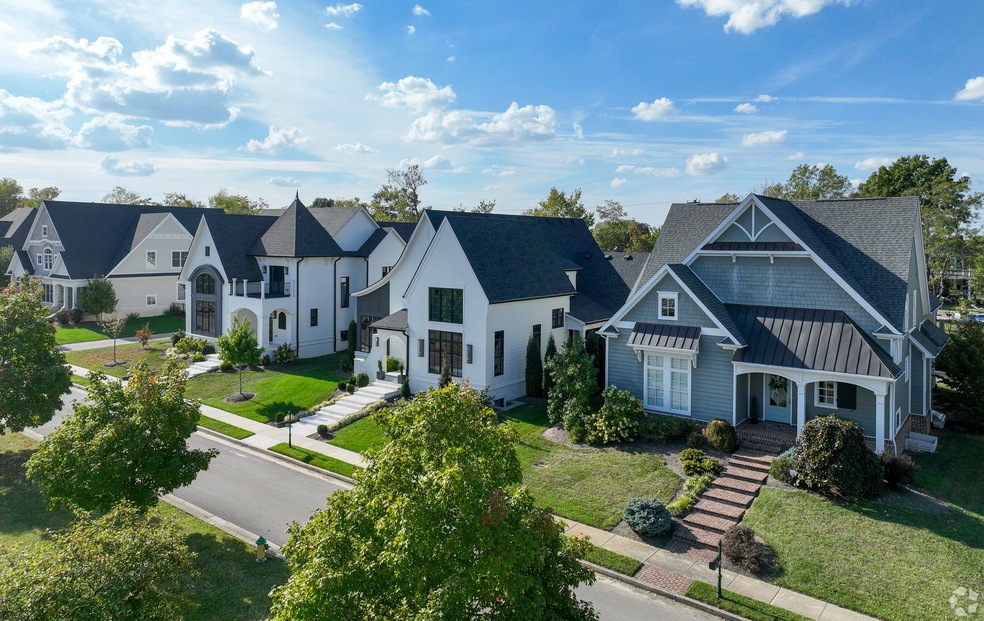As mortgage rates trended downward in February, more people signed contracts to buy homes, though economic uncertainty clouds the road ahead.
Pending sales of previously owned single-family houses and condos increased 2% during the month, according to the National Association of Realtors. Along with moderating rates, a second influence on sales growth was that home hunters had more properties from which to choose. The supply of existing homes for sale has been on a steady rise in recent months and climbed 5.1% last month. However, pending sales were down 3.6% from the same period a year ago.
“Despite the modest monthly increase, contract signings remain well below normal historical levels,” NAR chief economist Lawrence Yun said in a statement. “A meaningful decline in mortgage rates would help both demand and supply.”
Pending sales are important as an indicator of how many homes will actually be sold. Typically, it takes between one to two months from a contract signing to close on a home.
Rates have fallen somewhat since they peaked at just over 7% in mid-January. The NAR’s quarterly forecast is for 30-year, fixed mortgage rates, which stood at 6.65% as of Thursday, to continue to drop through the rest of 2025 for an average of 6.4%. Meanwhile, existing home sales will see a 6% increase from the prior year. Rates aren’t likely to dip below 6% this year because they are tied to the nation’s overall economic state, Yun said.
“The current high national debt will prevent mortgage rates from falling drastically — and certainly not to the 4% to 5% range seen during President Trump’s first term,” he said.
Pending sales declined last month in the Northeast by just under 1% and in the West by 3%. But they rose 0.7% in the Midwest and a robust 6.2% in the South. Sales in all four regions declined between 2% and 4% from a year earlier.
Applications for home loans leaned positive in the week that ended last Friday, according to a statement by the Mortgage Bankers Association. Though overall applications, which included refinances, fell 2%, an index that measures applications to buy homes was up 1% and 7% higher than a year ago. The boost was driven by people applying for Federal Housing Administration loans, which are popular among first-time buyers.
“The combination of loosening housing inventory and slowly declining mortgage rates has presented this segment of buyers with more opportunities,” said Joel Kan, MBA’s vice president and deputy chief economist.

